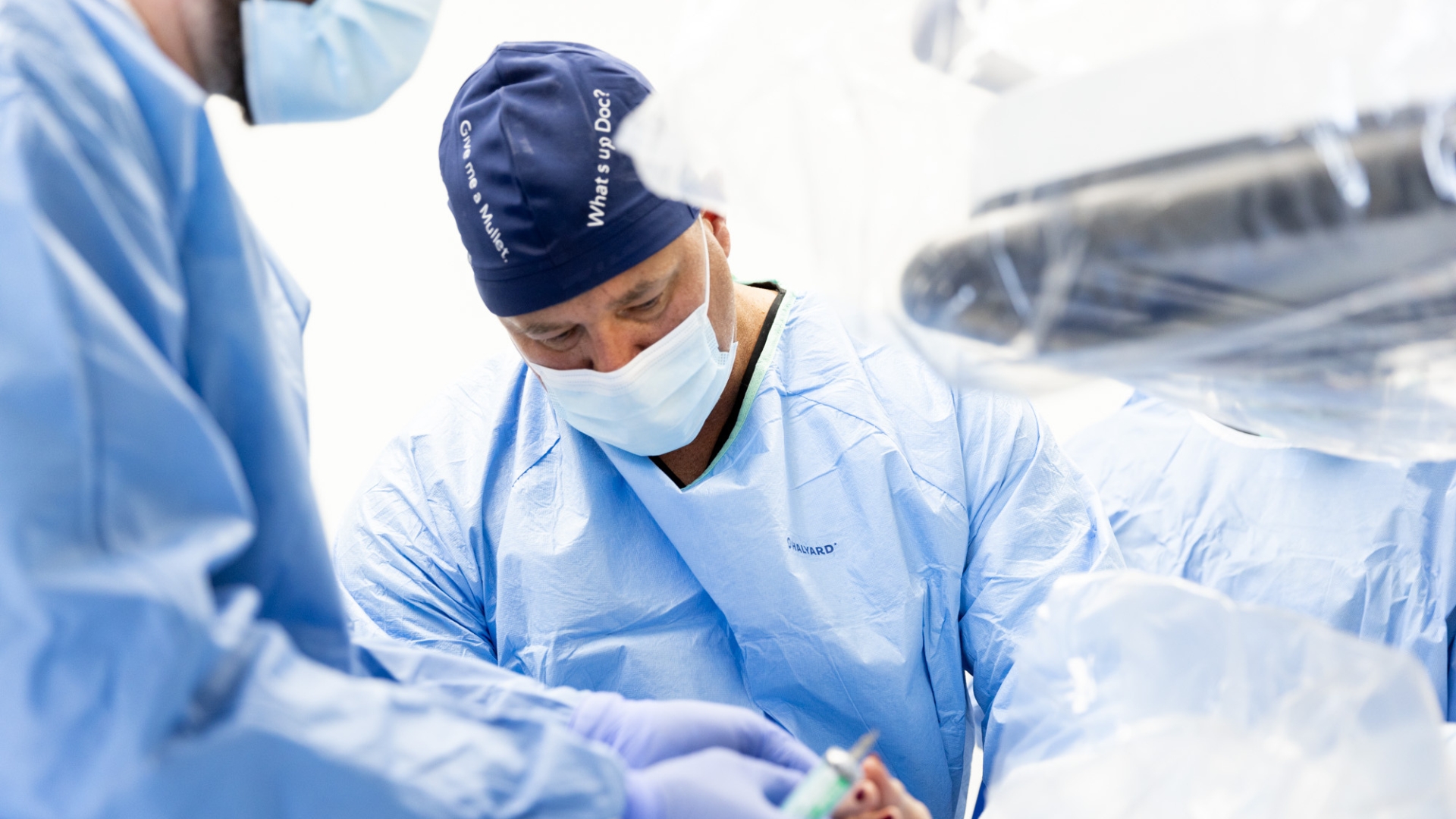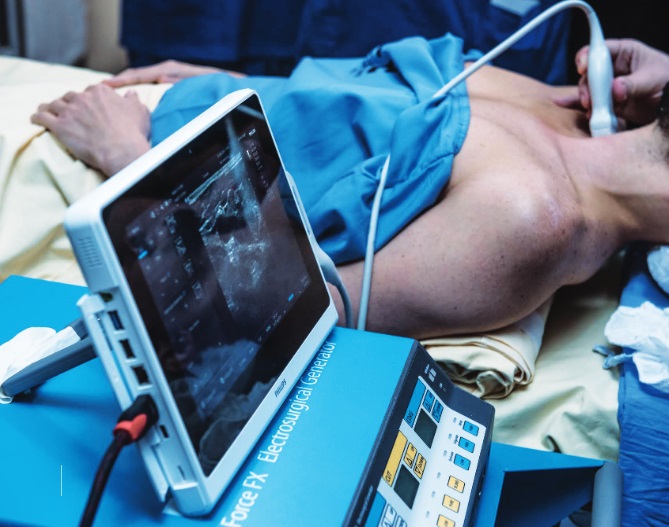Introduction
Varicocele is a common condition in men where the veins within the scrotum become enlarged and twisted, similar to varicose veins found in the legs. Although many men experience no noticeable symptoms, varicocele can lead to discomfort and may contribute to male infertility. For patients experiencing pain, a heavy sensation in the scrotum, or infertility issues, a surgical procedure called varicocelectomy is often recommended.
What is Varicocele?
Varicocele occurs when the veins that drain the testicles enlarge, causing blood to pool and flow backward. It is estimated that between 10% and 15% of men have a varicocele, with a higher prevalence among those facing fertility challenges. The condition may result in elevated testicular temperature and impaired blood flow, factors that can affect sperm production and overall testicular function.
Varicocelectomy Surgical Options
Since there is no medication to completely resolve varicocele, surgical intervention is the primary treatment option. Doctors generally recommend one of the following procedures based on the patient’s condition:
1. Microsurgical Varicocelectomy
In a microsurgical varicocelectomy, the surgeon uses an operating microscope to precisely identify and isolate the affected veins while preserving normal blood vessels. A small incision (approximately 1 cm) is made above the scrotum, and the abnormal veins are tied off and removed. This method minimizes tissue damage and generally leads to a quicker recovery. For further details, see Microsurgical Varicocelectomy.
2. Laparoscopic Surgery
Alternatively, laparoscopic surgery involves the use of a thin, lighted tube called a laparoscope, which is inserted through small incisions in the abdomen. This approach allows the surgeon to access and treat the varicocele in a minimally invasive manner, often taking only 30 to 40 minutes to complete. Patients typically can return home the same day. More information is available at Laparoscopy.
Surgical Procedure and Post-Operative Recovery
Both microsurgical and laparoscopic varicocelectomy are minimally invasive, allowing most patients to be discharged on the same day as the procedure. Full recovery generally takes between 2 and 3 weeks, during which adherence to post-operative care instructions is crucial:
- Post-Surgery Care:
Keep the incision area clean and dry until fully healed. Follow your doctor’s guidance regarding medications and wound care to prevent infections. - Pain and Swelling Management:
Apply an ice pack to the scrotum in 10-minute intervals during the initial days after surgery to help reduce pain and swelling. - Lifestyle Adjustments:
Refrain from heavy lifting, vigorous activities, and strenuous bowel movements (use stool softeners if necessary). Additionally, abstain from sexual activity for one to two weeks post-surgery. - Follow-up Appointments:
Regular follow-up with your urologist is essential to monitor the healing process. In cases where infertility is an issue, a semen analysis is usually scheduled 3 to 4 months after the surgery.
Risks and Potential Complications
Like all surgical procedures, varicocelectomy carries certain risks. Although serious complications are rare, patients should be aware of potential issues such as:
- Bleeding and infection at the incision site
- Anesthesia-related complications
- Development of blood clots in the legs
- Accidental injury to the testicle or testicular atrophy
- Chronic or persistent pain
It is important to note that there is a recurrence rate of approximately 15% for varicocele after surgery. Therefore, adherence to post-operative guidelines and regular follow-ups is critical for ensuring optimal outcomes.
When to Contact Your Doctor
If you experience any of the following symptoms after surgery, contact your doctor immediately:
- Signs of infection around the incision (redness, discharge, swelling)
- A fever exceeding 100.4°F (38°C)
- Persistent pain or swelling in the scrotum or legs
- Severe nausea, vomiting, or any other systemic symptoms
Conclusion
Varicocele, although often asymptomatic, can lead to significant discomfort and contribute to male infertility. Surgical treatment—whether via microsurgical varicocelectomy or laparoscopic surgery—offers an effective solution for alleviating symptoms and improving fertility outcomes. Patients are advised to closely follow their doctor’s instructions during recovery and to seek prompt medical attention if complications arise. This comprehensive approach not only enhances the likelihood of a successful outcome but also contributes to overall long-term health and well-being.










